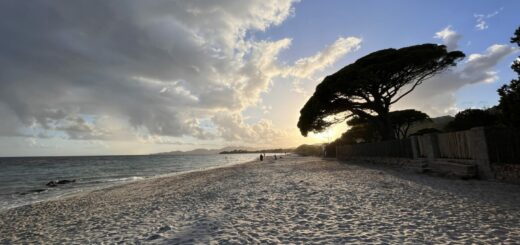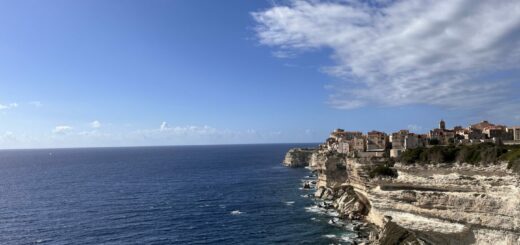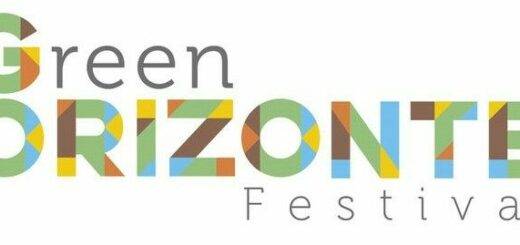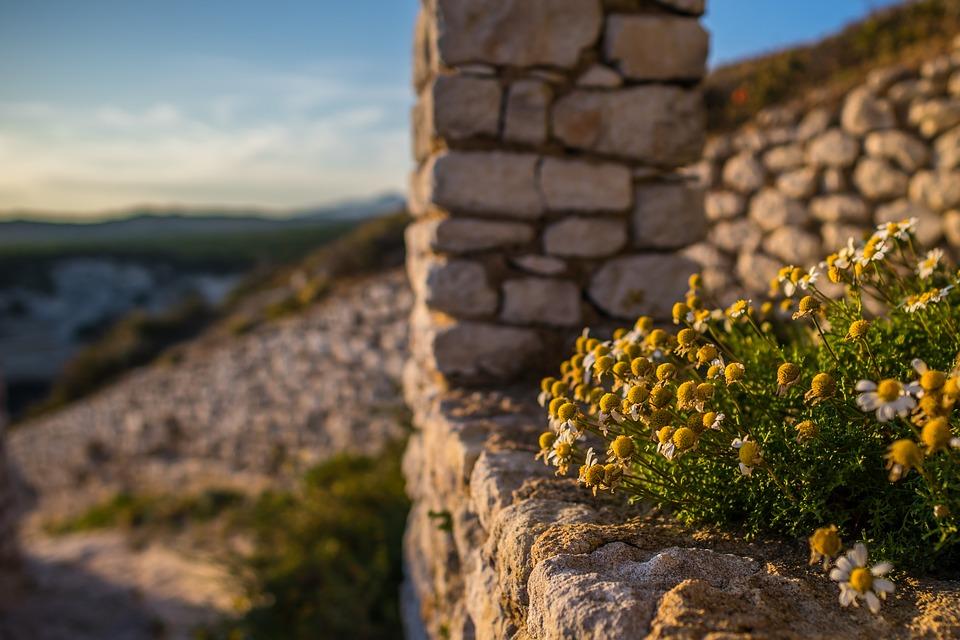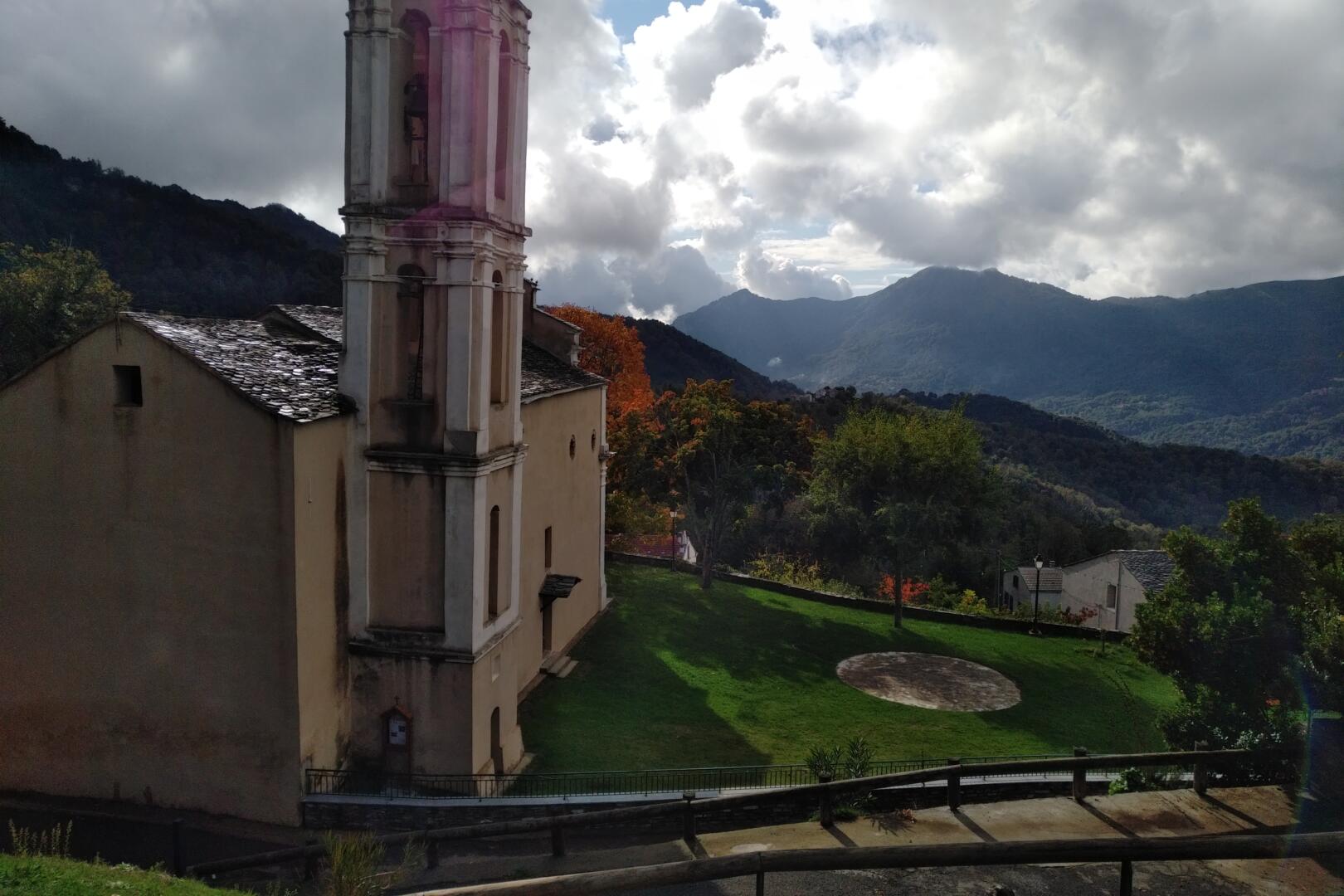Slow Tourism in Corsica #1: A day trip in the Alto Taravo
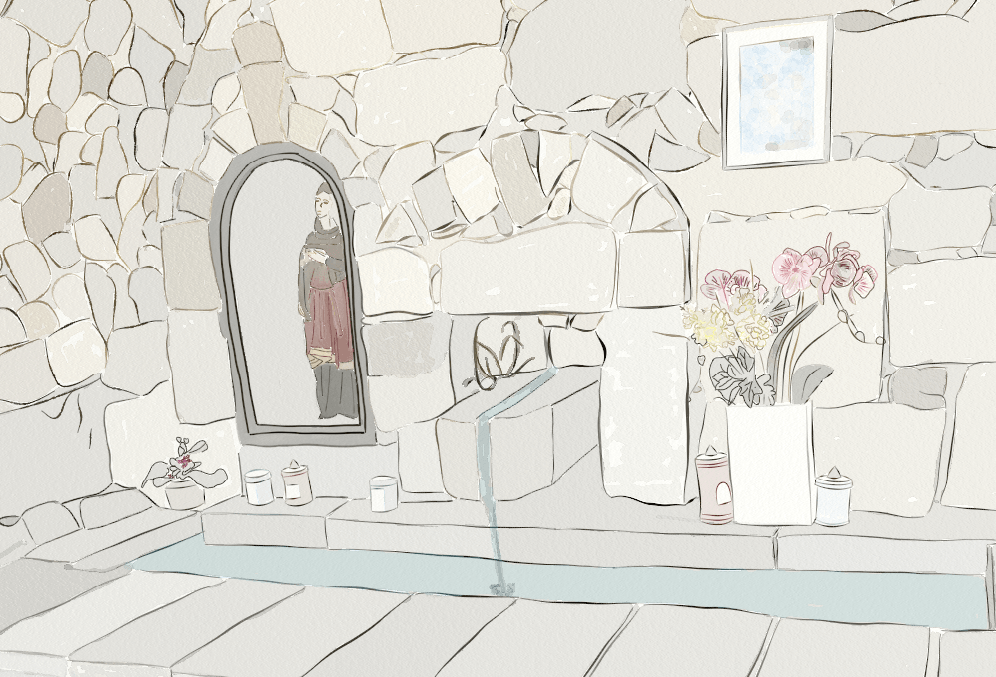
I’ve always had that idea -maybe a little strange- to get one day to the discovery of every village in Corsica. And of course, I want to do it in small steps. So each new day of touring is synonymous with higher expectations, in places that are more difficult to access starting from my “Pieve d’Alesani”. Searching as usual for a quiet place, outside of mass tourism, I set my eyes on a region among the least reachable for a northern corsican: The “Alto Taravo”. Altu Taravu (or Talavu) in Corsican language.
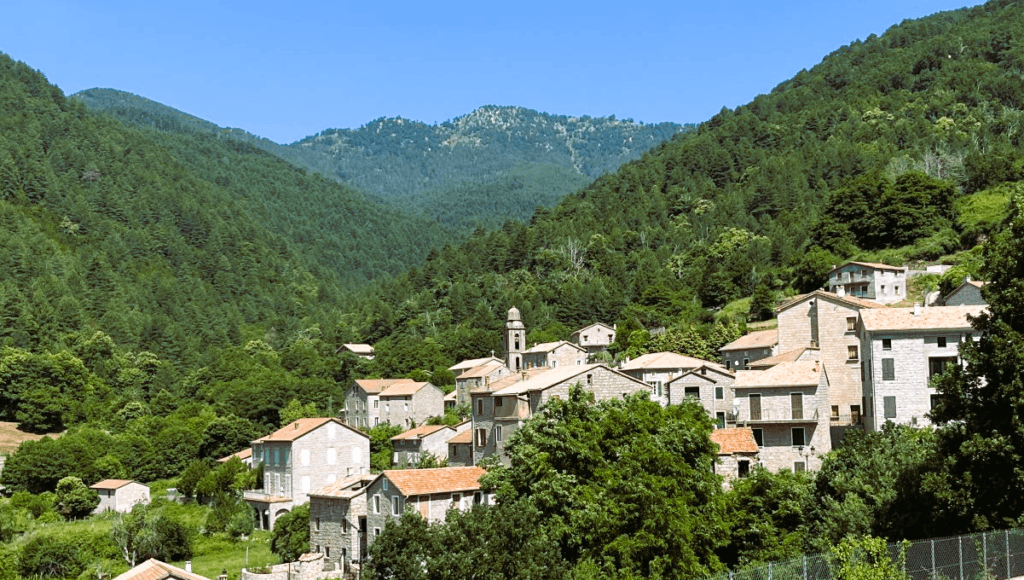
Named after the river that runs through the valley to the Gulf of Propriano, Alto Taravo is home to numerous villages. Palneca, Cozzano, Tasso, Guitera, Sampolo, Corrano, Ciamannacce, Zicavo and Zevaco. They are all small-to-medium-sized villages, still vibrant despite being more than one hour (more or less) from Ajaccio. Yes, in a way, getting to Alto Taravo is a test. But for the pleasure of observing these villages perfectly set in a stupendous natural setting, the effort is worth it.
The traditional access to the Alto Taravo takes place from the Albitreccia/Grosseto-Prugna area (on the T40 road). I chose however to arrive from the “Bocca di Verde”, after passing through the stupendous Inzecca and the village of Ghisoni. If you have the opportunity, I recommend that route. The spectacle offered by nature is worth the time spent on the roads (clean and wide enough to drive without anxiety).
Alto Taravo: Nature and tranquility
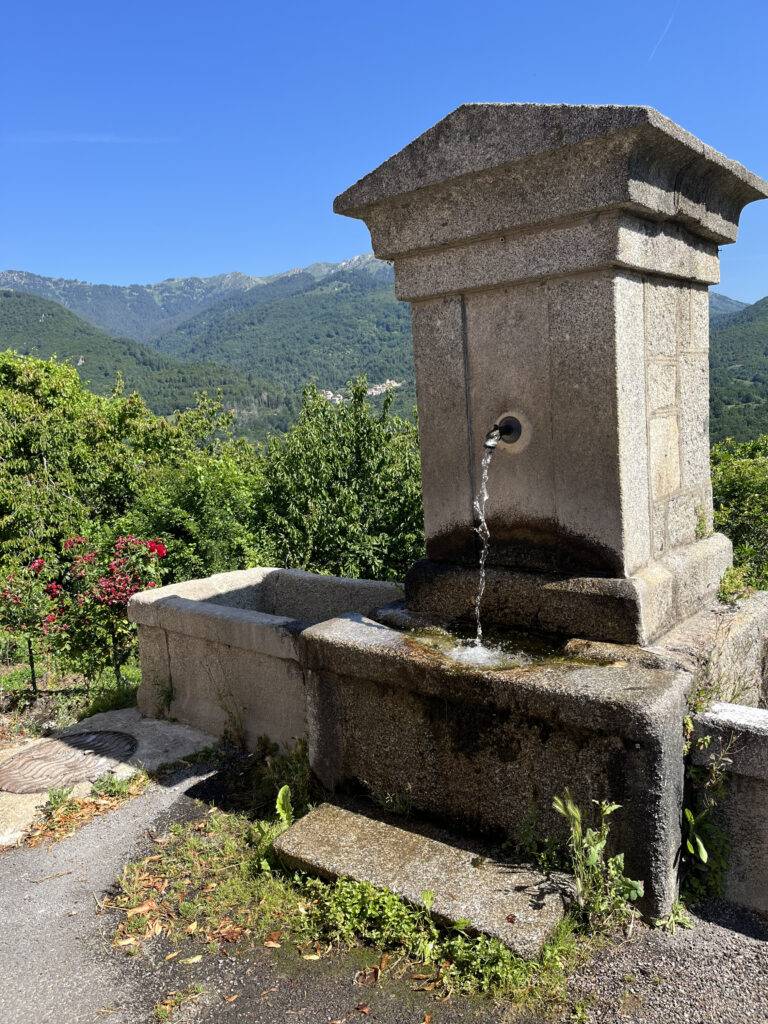
People usually refer to the duality of the sea and the mountains to illustrate the richness of the island’s landscapes. And let’s face it, it gets annoying. This time, it is precisely the diversity of the mountainous environment that amazes me when walking through Alto Taravo. Over a few square kilometers, the region gives us an incredible sense of movement. So many shades of green over the course of altitude. From the Pass of Verde (1289m) to the villages in the valley where the sun scorches the earth, we also found ourselves surrounded by chestnut trees. Yet far from our Castagniccia, the heights of Cozzano made us feel at home.
In that setting, we obviously recommend to those who have the chance to try a small mountain walk. The Alto Taravo is traversed by the GR 20, but there are also plenty of trails that offer opportunities to take advantage (quietly) of this wilderness.
The villages of Alto Taravo help highlight this stupendous nature. Even the main ones are small villages, mostly built with the granite characteristic of the Rotondo mountains. New buildings are rare, so the villages have preserved their perfect integration into the environment. If these villages have, in themselves, nothing “incredible”, they nevertheless retain that simplicity, the authenticity that makes us feel right in that Corsica we love. A feeling supported by the pleasure of hearing the Corsican language spoken. In the streets and the cafes, by people of various ages.
Testimonies of the Corsica that used to be
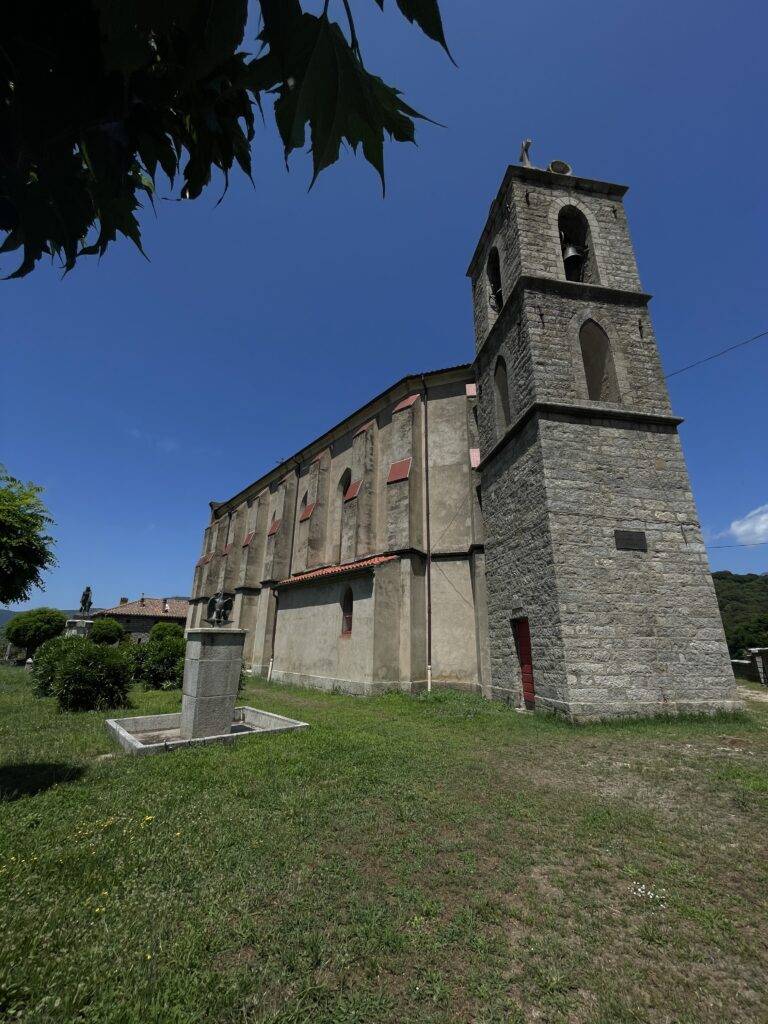
In addition to those villages remaining preserved, Alto Taravo gives us a certain diversity of testimonies of Corsica’s past. One cannot, of course, miss the beautiful churches that impose themselves on our sight. Particularly that of Zicavo. With its neo-Gothic style and granite stones, it inspires us with a certain power. In contrast, we found in Ciamannacce the small -and beautiful- fountain of Santa Lucia. That ancient spring has been a place of wandering for centuries. Its water is said to hold therapeutic virtue (particularly for curing vision-related problems). Abandoned for decades, the spring of Santa Lucia di Ciamannacce was restored in 2016.
However, historical evidence in Alto Taravo goes back to ancient times. In Tasso, the highest village in the region (850m altitude on average), “A Tola di u Piccatu” (The Table of Sin) can be seen. It is a large flat stone, measuring 4m by 3.5m, dating back to the megalithic era. According to various studies and the discovery of numerous human remains around this stone, it is thought to have been a place of sacrifice. “A Tola di u Piccatu” is located above the Furoli River. The place is so imbued with mysticism that there is a local saying that goes like this: “un’andà in u Furoli, chi ci sò i fantasami”. I let you the pleasure of the translation! The prehistoric heritage of the Alto Taravo is also expressed at Ciamannacce, with the “Castaldu” a menhir dating from around 1000-1500 BC.
In the Alto Taravo, history is filled with water
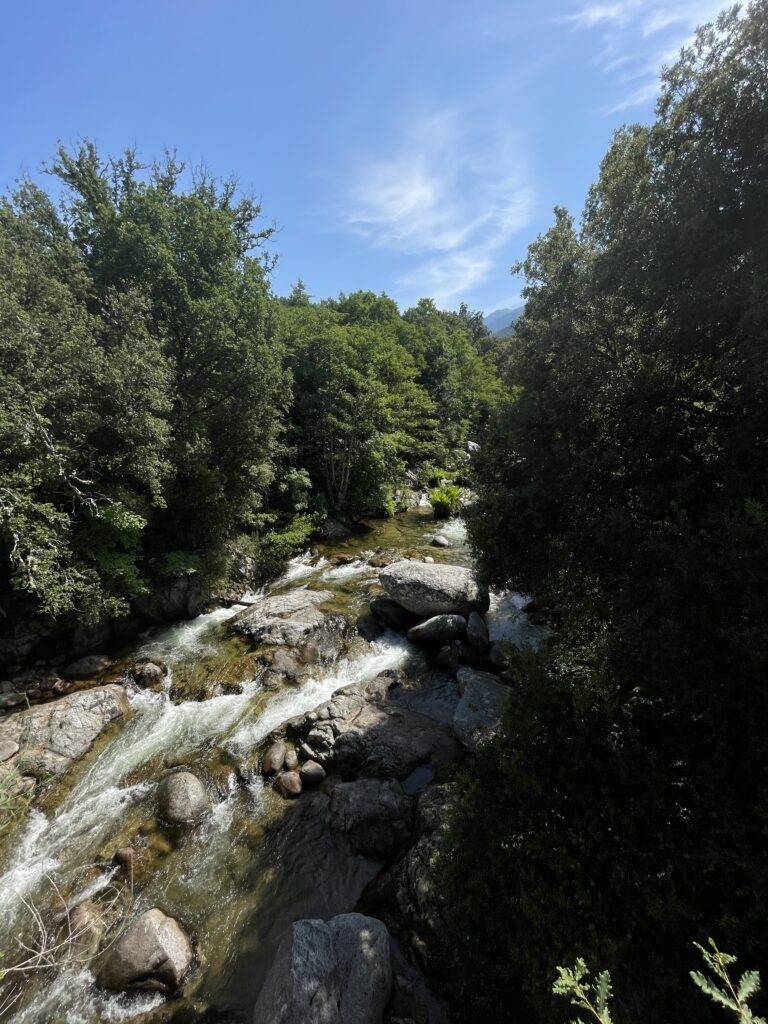
The Alto Taravo is an area of great natural, historical, and social richness. And sometimes, a bit of all this gets mixed in. Crossed by the island’s third most important river, this area is inevitably linked to water. So you can see in the Alto Taravo various witnesses of local life that has been built around water. There are some of those wonderful Genoese bridges, which today still remain symbols of great historical pride. But this land was especially marked by the therapeutic use of sulfurous waters, until a few decades ago, in the village of Guitera (Vutera in Corsican).
The Baths of Guitera are now abandoned, but they nevertheless remain magnificent witnesses of an activity that had, mainly during the nineteenth and early twentieth centuries, a greater importance throughout Corsica. Those old baths can be reached by following a small path: the perfect opportunity to take advantage of nature and historical heritage. For the record, there is a project to rehabilitate the Baths of Guitera. We wish them a successful conclusion!
Chestnut trees, pigs, and curiosities
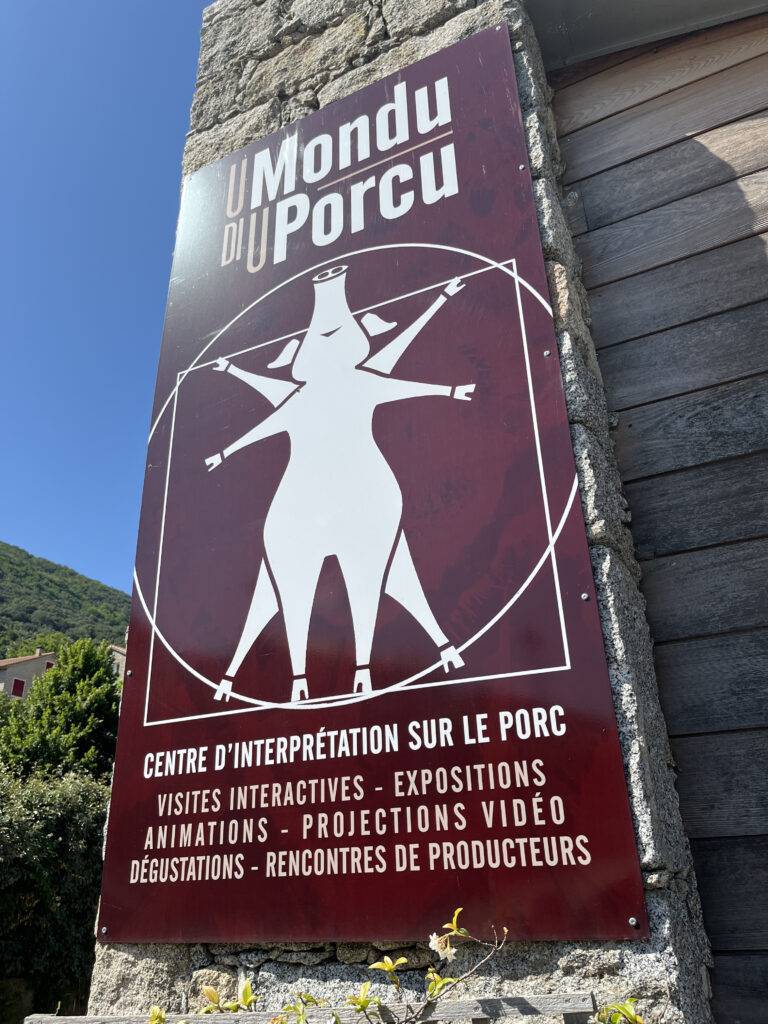
We talked about the presence of chestnut trees in the Alto Taravo. A presence that reminds us that yet another Genoese heritage is expressed beyond the usual Castagniccia, with a chestnut flour that offers us different flavors. It is after all the strength of this product, a wide range of flavors, born of the diversity of chestnut varieties and ways of working. Also, where there are chestnuts there are inevitably pigs. The local charcuterie is of great quality. And as with chestnut flour, you can find different scents and flavors there than those tasted in the North.
However, in Alto Taravo the relationship with pork goes beyond the delicious taste of charcuterie. There is in Cozzano a small place called “U Mondu di u Porcu“. It is thus presented as an information center on the pig, from the breeding to the production of charcuterie through the ages. We also learn about the animal and its place in people’s lives, specifically regarding beliefs related to it. “U Mondu di u Porcu” is indeed a curiosity, confirming the singular character of that territory that we cannot but love.
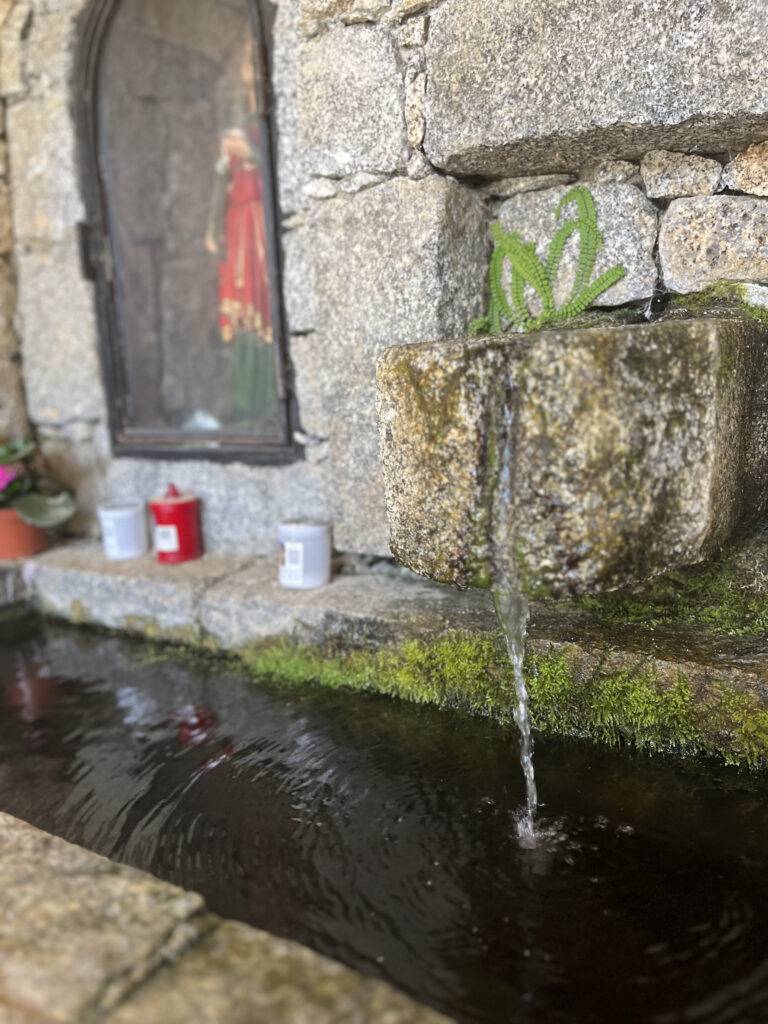
We thus close this brief discovery in small steps of the Alto Taravo. There are indeed still so many things to discover in that beautiful territory. So I guess we will return there as soon as we can!
For more information, you can take a look at the website of the local tourism office here.
Featured image: Fountain of Santa Lucia sketched by Sophie Bereni (@ephios.b)

